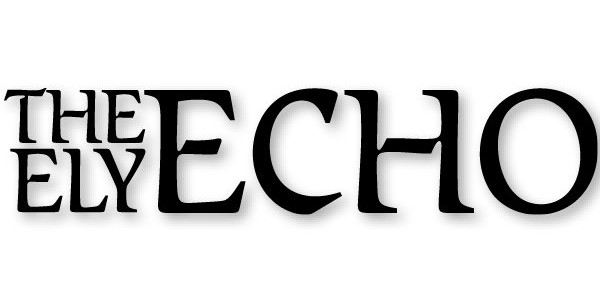Remember first-class letters, the kind you sat down and read right away instead of leaving them on the kitchen counter to collect breadcrumbs for a few days? I’ve been thinking about those lately because I’ve finally decided to part with the letters I’ve been saving since 1980. I used to get a lot of letters, probably because I used to write a lot of letters. Checking my mail was once the highlight of my day. Now it’s just the responsible thing to do if I want to avoid having my identity stolen.
Going through all those old letters has got me comparing them with the modern ways we communicate. Of course texts, emails and social media messages are faster to create and send if you have the proper technology—and if you can find it when you need it. In fact, you can fire off a message faster than you can say, “Maybe I should give this a little more thought before I hit send.”
Lucky for me, my email program gives me 30 seconds to come to my senses and reel a message back in. I’m not proud to admit 30 seconds isn’t always enough.
Obviously writing letters took longer. How much longer depended on the letter writer’s ability to find a pen and paper. But on the positive side, the slower pace meant we were less likely to say something we hadn’t thought of yet. And if we did write in the heat of the moment, we still had time between licking the envelope and dropping it off at the mailbox to change our mind. Sometimes that wasn’t enough time either.
Once it was mailed, a letter could take days or even weeks to arrive at its destination, depending on where the letter was going and whether or not we’d remembered to put a stamp on it.
Meanwhile, we can send modern messages around the world in seconds. And we do. And so does everybody else. The speed, convenience and variety of platforms has left us drowning in messages. If someone wants to contact us these days they can do it with text, snail mail, email, voicemail, Facebook, Twitter, Linked-In, Instagram, carrier pigeon or singing telegram. There are so many places to check for messages these days that we can spend all day doing it.
At least, modern messages are legible. Not all old-fashioned letters were. As I’ve been sorting through 40some years of them, I’ve decided there are four basic types of handwriting: the lovely and legible, the lovely but illegible, the not lovely but legible and the not lovely and completely illegible. In case you’re wondering, my handwriting falls into that last category. Modern technology has given me a chance to finally be understood. Not that I always am.
I blame any misunderstandings on my overreliance on voice activated software, autocorrect and my bad habit of hitting send before I’ve read over what I just wrote. I once texted a friend that I’d meet her at two, but the message read “I’ll see you at zoo.” Lucky we don’t have a zoo, otherwise she might still be waiting for me.
One last consideration when comparing snail mail to modern communication is value. I saved letters for 40 years and I’m finding it hard to part with some of them. I can’t see myself saving texts and emails for 40 years. But there’s something special about an actual letter written in the handwriting of someone you love. The fact that they took the time to write you a letter says a lot about how they feel about you too—even if you can’t read it.
Dorothy Rosby is an author and humor columnist whose work appears regularly in publications in the West and Midwest.











